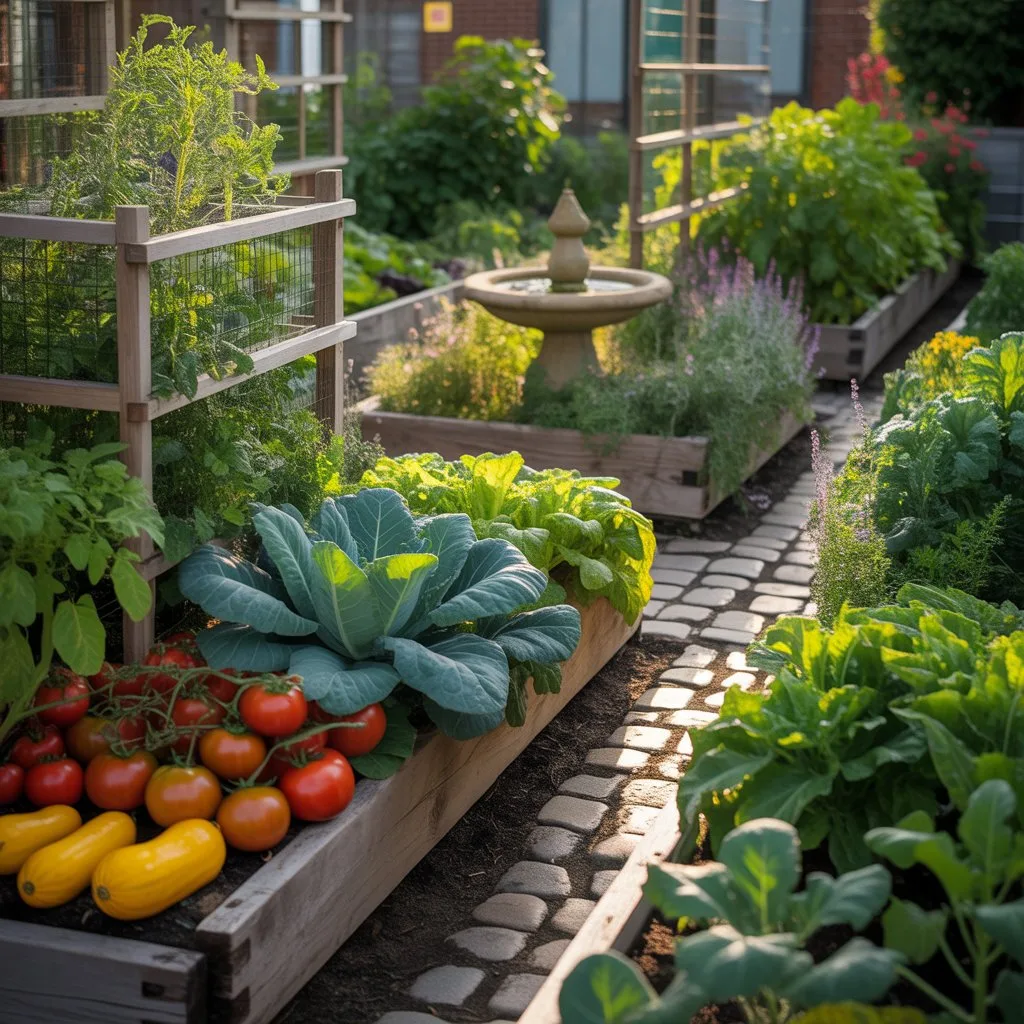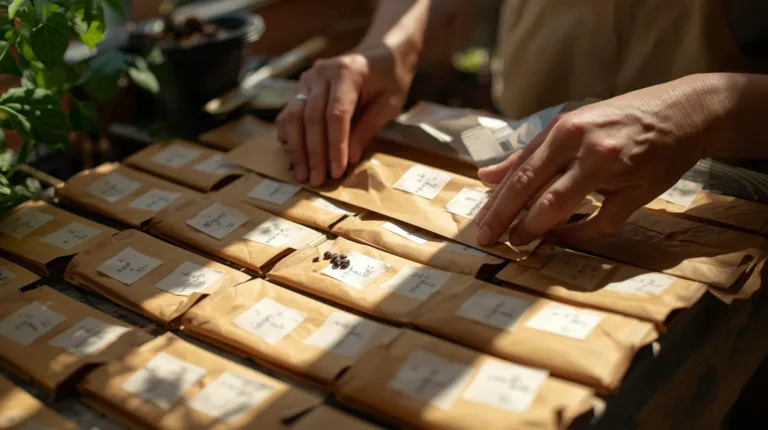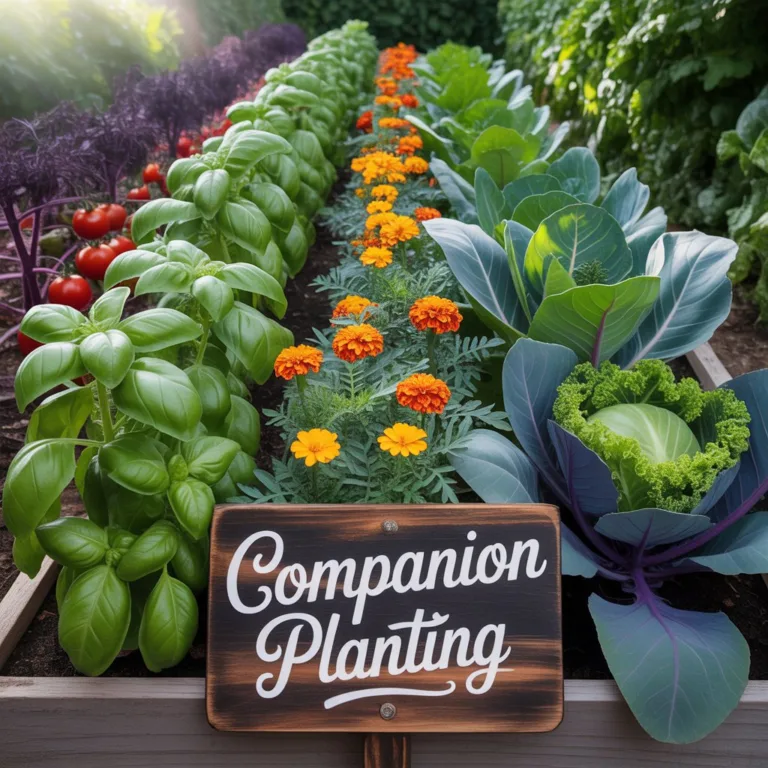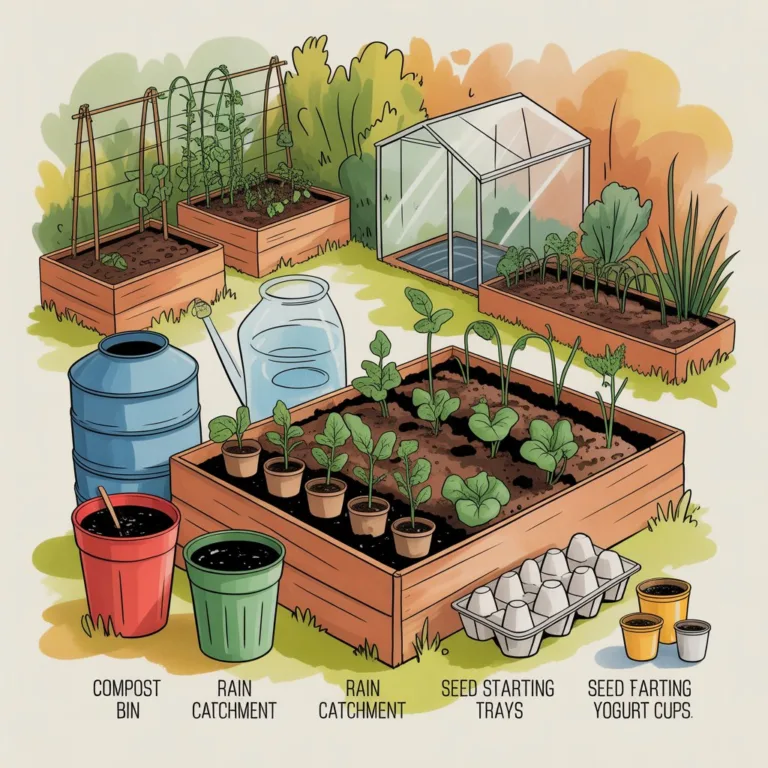Creating a garden that thrives in harmony with nature is one of the most rewarding ways to contribute to a healthier planet. Sustainable garden design principles combine aesthetics, ecological balance, and long-term resource efficiency, ensuring your outdoor space benefits both people and the environment. Whether you have a small urban balcony or a large backyard, sustainable gardening allows you to create a vibrant, productive, and low-impact ecosystem.

This approach is not only about growing plants — it’s about cultivating biodiversity, reducing waste, conserving water, and making environmentally responsible choices at every stage of design and maintenance.
Understanding Sustainable Garden Design
At its core, sustainable garden design focuses on minimizing negative environmental impact while supporting the natural processes that sustain life. It relies on an understanding of local ecosystems — soil types, climate, rainfall, and native plants — to create self-sufficient landscapes that require fewer inputs such as fertilizers, pesticides, and water.
Unlike traditional gardens that may depend on heavy chemical use or imported ornamental species, sustainable gardens embrace natural cycles. They encourage pollinators, recycle organic matter, and prioritize native plants that thrive with minimal intervention.
The beauty of this philosophy lies in its adaptability. Whether designing a home garden, a school project, or a community green space, these principles apply universally and can be scaled up or down depending on your resources.
Core Principles of Sustainable Garden Design
1. Work With Nature, Not Against It
The first and most fundamental rule of sustainable garden design is to observe and cooperate with natural systems. Study your site before planting: how sunlight moves across the area, where water flows, and what kind of soil supports your plants best.
Working with natural patterns reduces the need for artificial irrigation, fertilizers, and pest control. For instance, choosing drought-tolerant plants for sunny areas and shade-loving species for darker corners naturally balances your garden’s needs.
Encouraging beneficial insects, birds, and microorganisms also helps maintain soil fertility and keeps pests in check. By creating an ecosystem instead of a collection of individual plants, you build long-term stability.
2. Prioritize Native and Climate-Adapted Plants
Using native plants is one of the simplest yet most powerful ways to design sustainably. Native species have evolved to thrive in your region’s conditions, making them naturally resistant to local pests, diseases, and climate fluctuations.
These plants require less maintenance, less water, and fewer chemicals — while providing vital habitat for pollinators and wildlife. If native species aren’t available, consider climate-adapted plants that share similar environmental tolerances.
For example:
- In dry climates, choose succulents, lavender, and sage.
- In tropical zones, use ferns, bamboo, or heliconias.
- In temperate areas, wildflowers and ornamental grasses create resilient, beautiful landscapes.
Blending native plants with carefully chosen non-invasive ornamentals maintains aesthetic diversity without compromising sustainability.
3. Conserve Water Through Smart Design
Water is one of the most valuable resources in any garden. Sustainable garden design focuses on maximizing efficiency and minimizing waste.
Simple but effective strategies include:
- Drip irrigation systems: Deliver water directly to plant roots, reducing evaporation.
- Rainwater harvesting: Collect runoff in barrels or tanks for reuse during dry periods.
- Mulching: Applying organic mulch around plants helps retain soil moisture and suppress weeds.
- Zoning plants by water needs: Group thirsty species together and drought-resistant ones elsewhere.
Additionally, shaping the garden to capture and store rainfall — such as using swales or shallow basins — prevents runoff and recharges groundwater naturally.
4. Build and Maintain Healthy Soil
Soil is the foundation of any sustainable garden. Healthy soil is alive — full of beneficial organisms, fungi, and bacteria that break down organic matter and provide nutrients to plants.
Instead of relying on synthetic fertilizers, aim to feed the soil, not the plant. Here’s how:
- Add compost regularly to enrich the soil with organic matter.
- Use cover crops like clover or vetch to prevent erosion and increase nitrogen levels.
- Avoid over-tilling, which can disrupt soil structure and harm beneficial organisms.
- Incorporate natural amendments such as crushed eggshells or wood ash for calcium and potassium.
Over time, a self-sustaining soil ecosystem will develop — one that retains water, suppresses disease, and supports diverse plant life.
5. Encourage Biodiversity
A diverse garden is a resilient garden. Biodiversity helps balance pests, strengthens ecosystems, and enhances productivity. To support it, include a variety of plant types, structures, and flowering seasons.
For example:
- Combine trees, shrubs, herbs, and groundcovers to create layers of habitat.
- Grow nectar-rich flowers to attract bees, butterflies, and hummingbirds.
- Add native grasses or wildflower patches for shelter and pollination.
- Leave a small corner of your garden wild — a “mini sanctuary” for insects and small animals.
Even a small diversity boost can transform your garden from a decorative space into a thriving ecological community.
6. Reduce Waste and Reuse Materials
Sustainability extends beyond plant choices — it includes how you handle waste and materials. Instead of buying new garden décor or tools, look for ways to reuse, repurpose, and recycle.
Practical ideas include:
- Turning old wooden pallets into planters or compost bins.
- Using glass jars as lanterns or small seed containers.
- Shredding fallen leaves for mulch instead of disposing of them.
- Composting food scraps and garden waste to create natural fertilizer.
By minimizing what leaves your garden and maximizing what’s reused within it, you close the loop of sustainable resource management.
7. Design for Longevity and Low Maintenance
A sustainable garden should be designed to thrive with minimal input over time. This involves thoughtful planning — choosing perennial plants over annuals, using durable materials, and designing accessible layouts that make maintenance easier.
Long-term features like stone paths, perennial flower beds, and native hedges not only reduce workload but also provide year-round visual interest. Sustainable design emphasizes permanence and adaptability, allowing your garden to evolve naturally with changing seasons.
8. Embrace Renewable and Natural Energy Sources
If your garden includes lighting, fountains, or small structures, consider integrating renewable energy. Solar-powered lamps, for instance, illuminate pathways without drawing electricity from the grid. Wind chimes and small water features powered by solar pumps add ambiance while remaining eco-conscious.
Even simple design decisions, such as positioning sitting areas for natural shade and airflow, can reduce the need for artificial cooling or lighting.
9. Support Local Wildlife
A sustainable garden is a haven for life. You can make your outdoor space a small ecosystem that provides food, water, and shelter for various creatures.
Some easy ways to do this include:
- Installing birdhouses, feeders, or baths.
- Planting native shrubs that produce berries or seeds.
- Leaving dead wood or small brush piles for insects and amphibians.
- Avoiding chemical pesticides that harm pollinators and soil health.
By attracting wildlife, your garden becomes more balanced, reducing pest outbreaks and improving pollination naturally.
10. Minimize Chemical Use
One of the hallmarks of sustainable gardening is reducing or eliminating synthetic chemicals. Pesticides, herbicides, and fertilizers may provide short-term results, but they often harm soil life, water quality, and beneficial organisms.
Opt for organic and natural alternatives instead:
- Neem oil or insecticidal soap for pest control.
- Companion planting (like marigolds near tomatoes) to deter harmful insects.
- Natural compost tea as a nutrient booster.
Creating balance means trusting nature’s ability to self-regulate — a principle that lies at the heart of sustainable design.
Integrating Aesthetic and Ecological Design
Sustainable garden design does not sacrifice beauty for practicality. In fact, it enhances it. By emphasizing natural textures, local materials, and seasonal changes, these gardens achieve a timeless, organic charm.
You can use:
- Native stones for pathways and borders.
- Bamboo or reclaimed wood for trellises and seating.
- Perennial flowering plants to ensure color throughout the year.
- Rain gardens or small ponds to create visual and ecological interest.
Every design choice, from plant selection to layout, contributes to the garden’s overall sustainability and harmony.
Educational and Community Value
Sustainable garden design also offers educational opportunities. Schools, community centers, and urban collectives can use gardens as learning spaces to teach ecology, recycling, and food production.
Children can learn the value of biodiversity, composting, and mindful planting — essential lessons for fostering future generations of environmental stewards.
Community gardens designed around these principles not only produce food but also build social connections and local resilience.
Small-Scale Projects with Big Impact
Even if you lack a large yard, sustainable principles can be applied to container gardening, balcony setups, and vertical green walls. Using repurposed containers, natural fertilizers, and pollinator-friendly plants helps you create a micro-habitat even in limited space.
The impact may seem small, but when many people adopt these practices, the collective benefit becomes significant. Sustainable gardening is a movement of small acts that build a greener future.
A Living, Evolving Space
A sustainable garden is never truly finished — it grows and adapts with time. Plants mature, soil improves, and wildlife populations shift. The most successful sustainable gardens are those that evolve naturally while maintaining their ecological foundation.
By observing your garden regularly and adjusting thoughtfully, you can ensure it continues to thrive for years, balancing function, beauty, and sustainability.
Designing with these principles in mind creates more than a garden — it creates a living ecosystem that reflects your care for the planet. Each choice, from plant selection to material reuse, contributes to a cycle of renewal that benefits both you and the environment.

Sofia Greenfield is a sustainable gardening expert and environmental educator who inspires families and urban gardeners to cultivate green spaces responsibly. She shares practical tips on growing vegetables, herbs, and flowers using eco-friendly and recycled materials, emphasizing the joy of gardening while protecting the planet.



